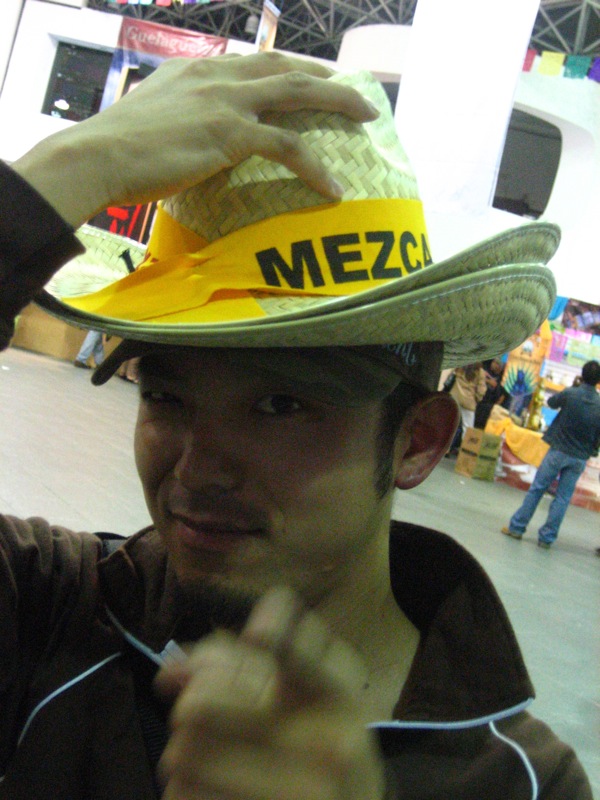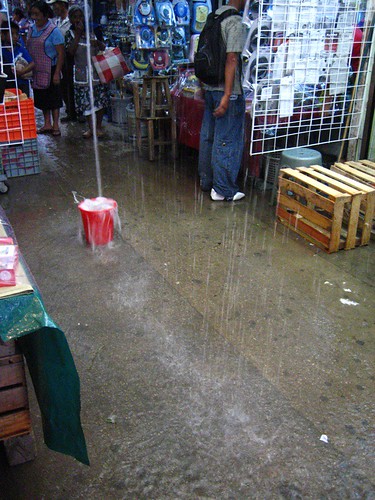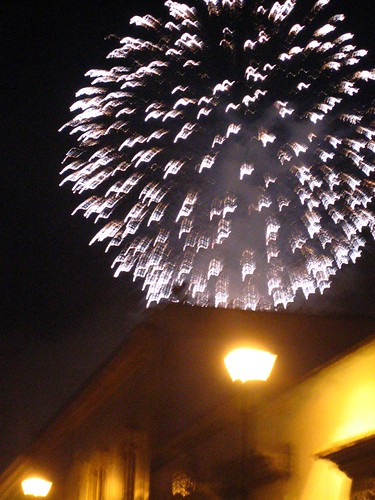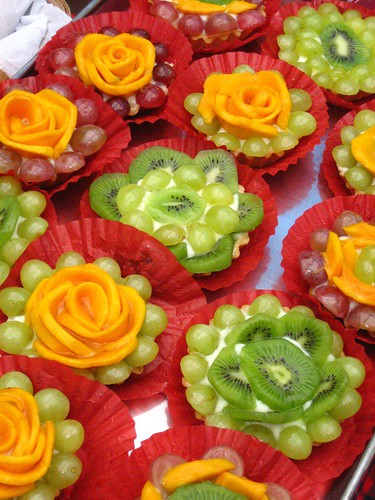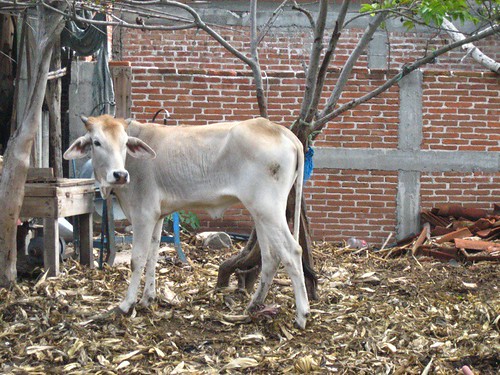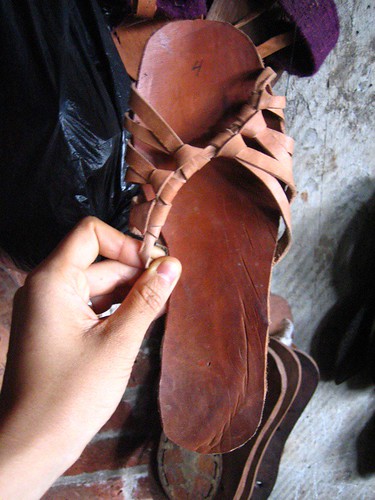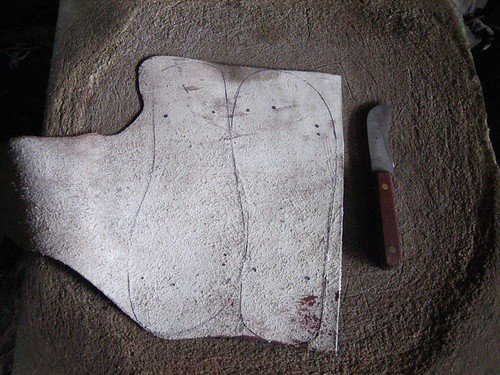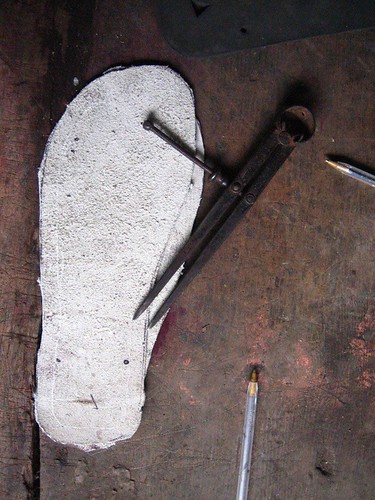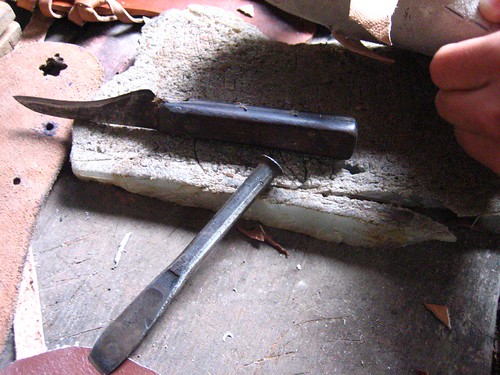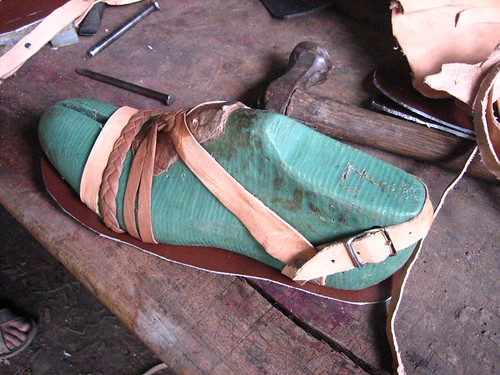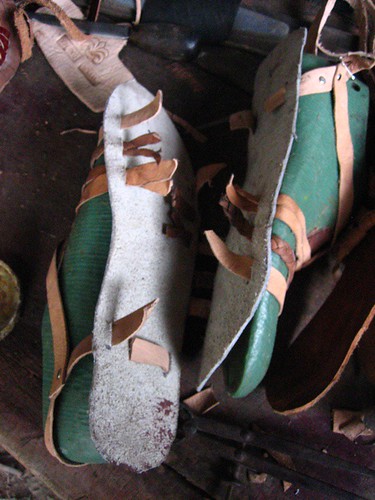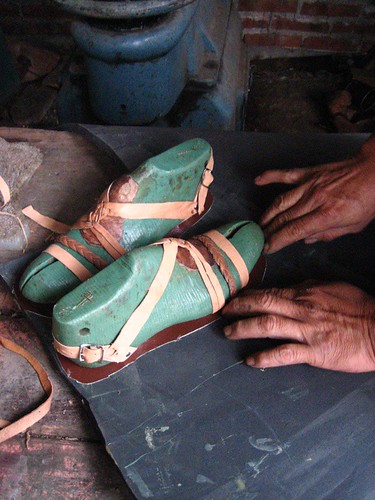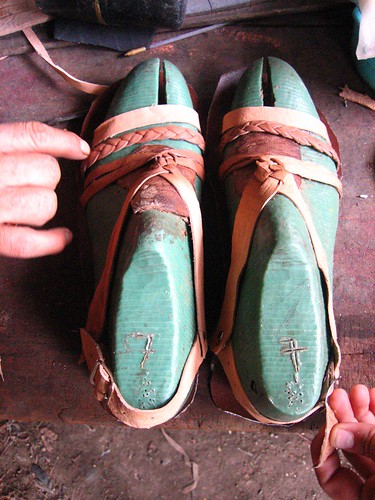In any case, a little bit of background about our project. As I've said in some previous posts, our artisans are very poor and the head of the clan, Don German, is staring down a lot of pressure to migrate to "el otro lado"--"the other side", i.e., the US, in order to make money in order to feed his family. Huaraches are not as popular with the locals anymore, and tourists don't like them either. In addition, the materials cost a lot. So, here's a peek into the mind of a designer: the first question I ask is, "What are my constraints?" As I see it, we have a several:
1. Create a product that can be sold to tourists or at galleries for a good sum of money. This actually creates a number of other constraints:
2. The product must maximize use of materials and minimize waste.
3. The product must be remain true to the nature of the materials. In other words, there should be a reason we are using leather to make the product. Leather has certain properties that other materials do not. We should be exploiting these properties to their maximum effect.
4. This one is not really a constraint, but it is in the back of my mind: build upon the legacy of the artisan's product in some way. In other words, if they make shoes, we don't want to design houses for them to make.
With these constraints in mind, I created the following:
Handbag at rest:
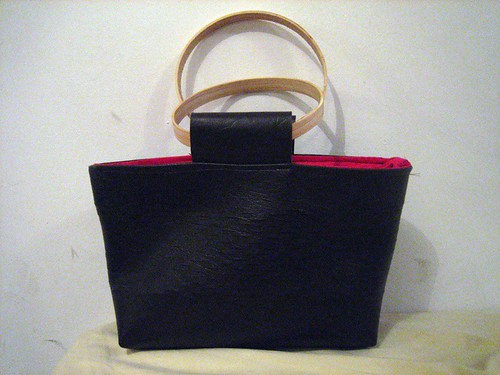
Handbag when there is weight placed inside the bag. The exterior of the bag (which is shown in vinyl but will be made out of leather) is cut with several rows of small slits. The interior of bag is longer than the leather portion of the bag, so when weight is placed inside, the exterior leather portion will stretch to expose the contrasting lining:

Personally, I think the bag meets most of the constraints I listed above. It is interesting both from an aesthetic and functional aspect. It uses less leather than you would need for a bag of that size (due to the stretch), and it stays true to the materials (leather will maintain it's shape even when sliced; no other material would work quite as well as the leather with this design). The only thing I am worried about is that the construction is somewhat tricky, so I might need to make some changes if Dona Clara and Don German are to produce this design.
I used the scrap pieces from the bag to make a pair of earrings (sorry, no photo), so there really was very little waste in this design.
On Friday morning, I took a break from working to go run some errands. I was itching to get out and we needed some more supplies anyway. On my walk, I saw some shoes out of the corner of my eye and thought about them the rest of the way home. They inspired me to make these:
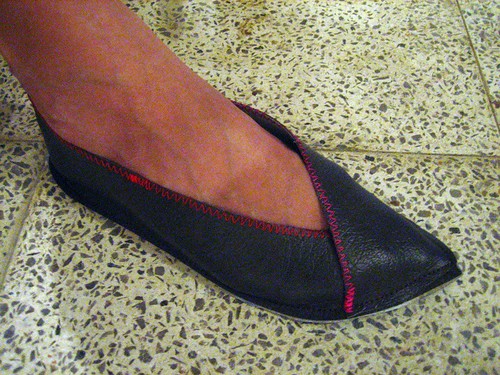
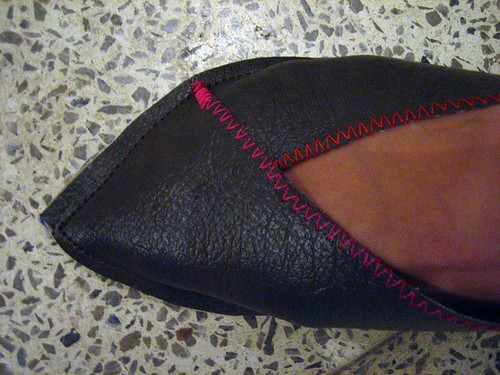
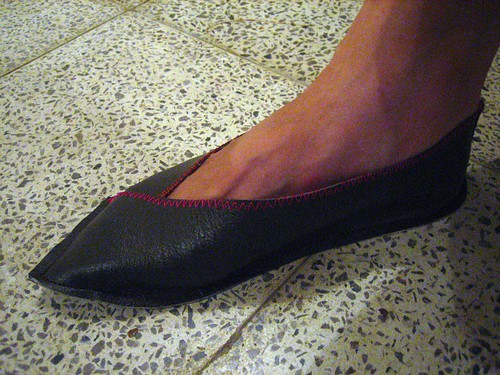
I don't know why, but I love them! I can't wait to get home and make a pair for myself. :)
Another experiment I did...I'm not quite sure yet what this will be:

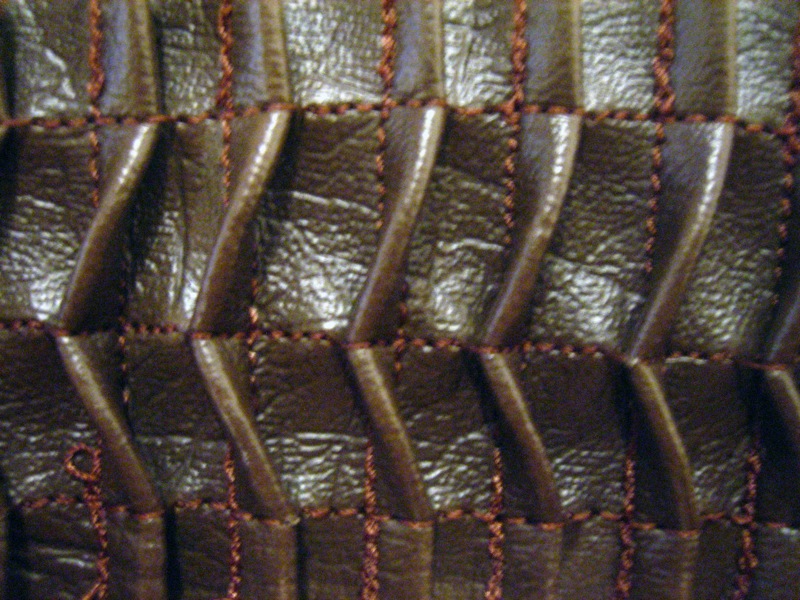
And, an experiment that Adrien did. We think it might be a lamp:
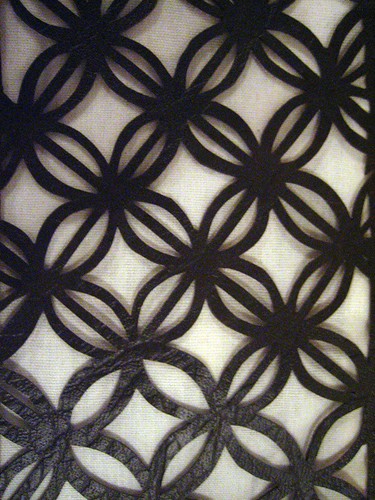
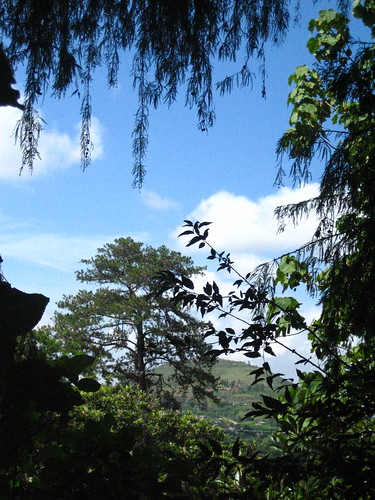

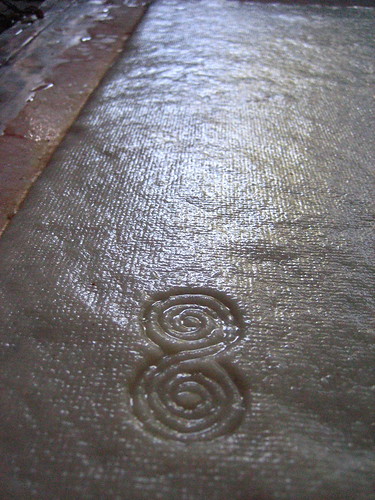
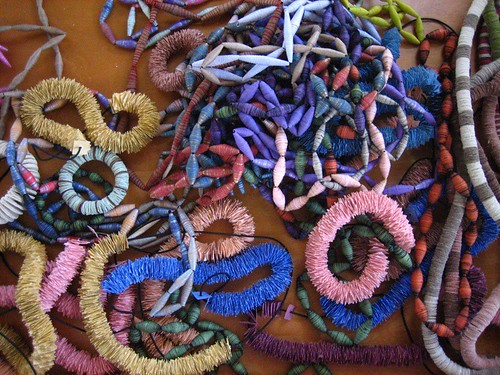


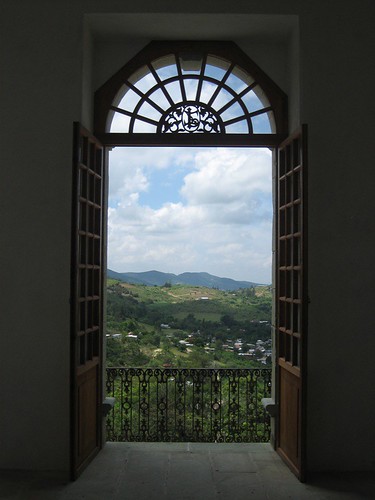
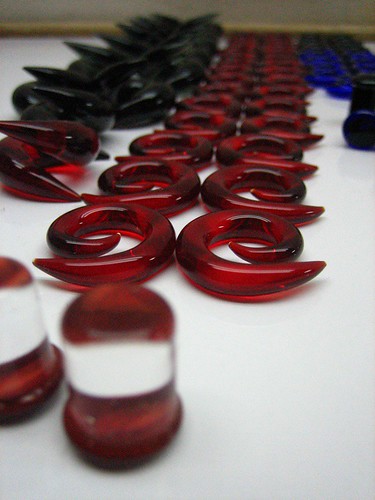
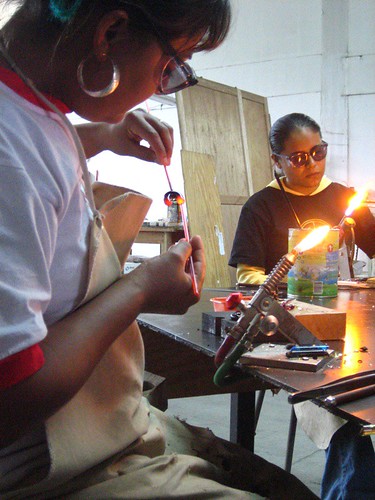
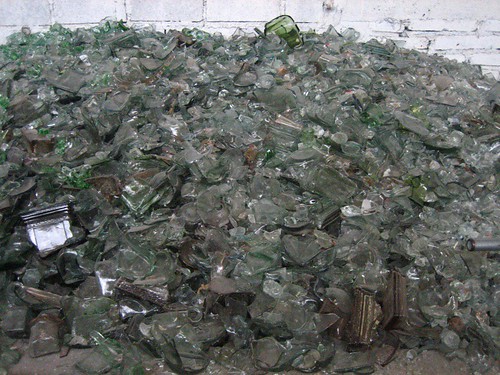

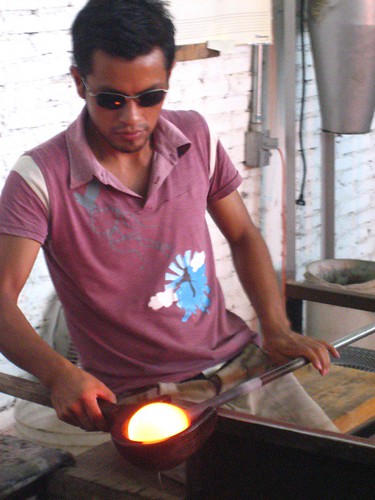
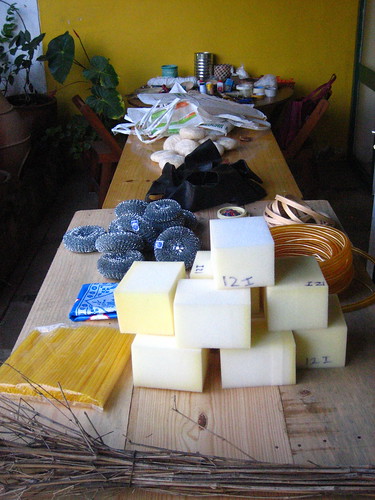
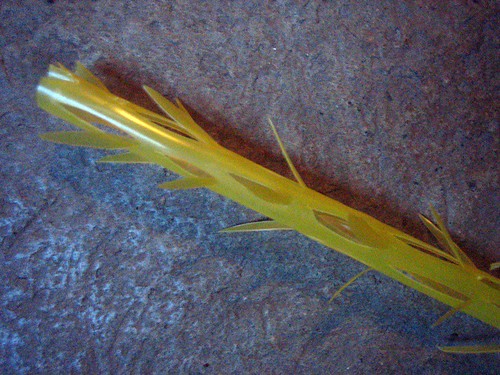
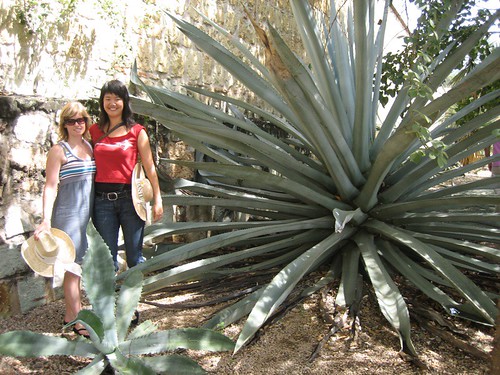

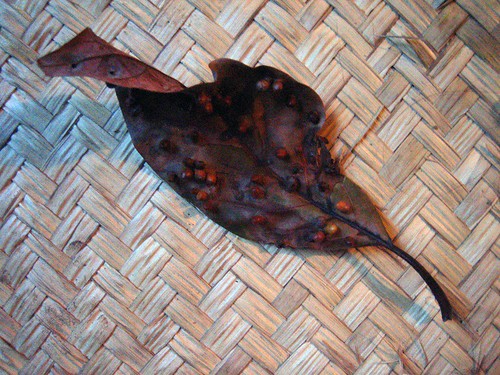

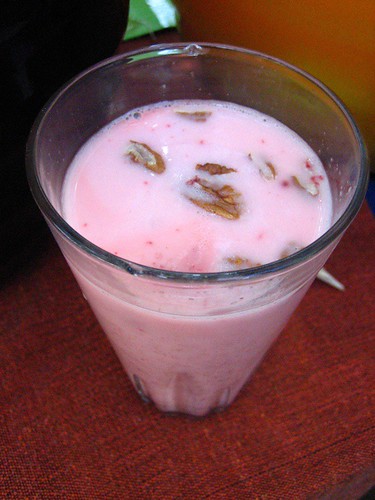
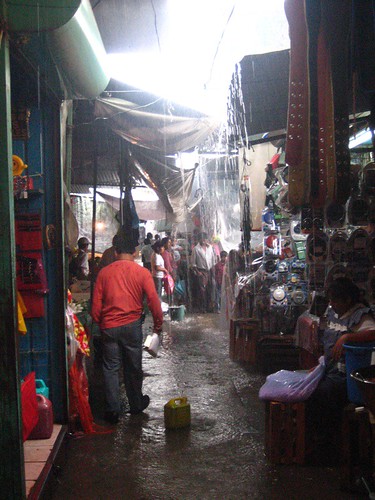
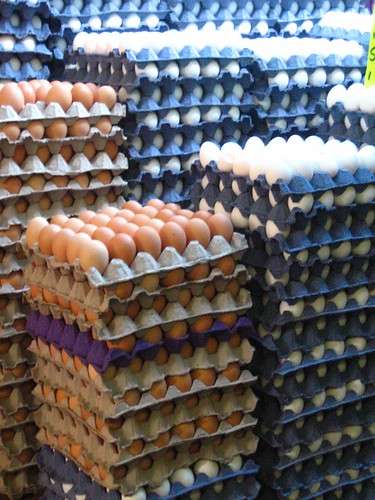
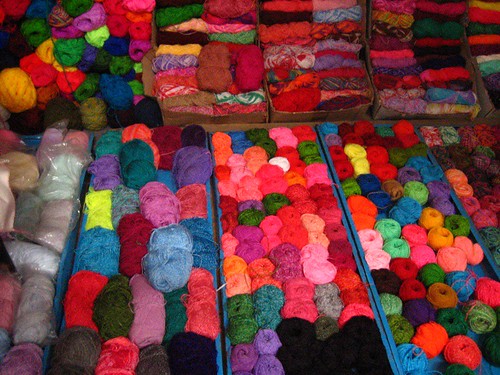


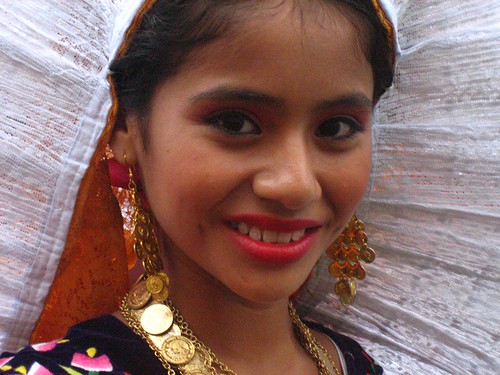
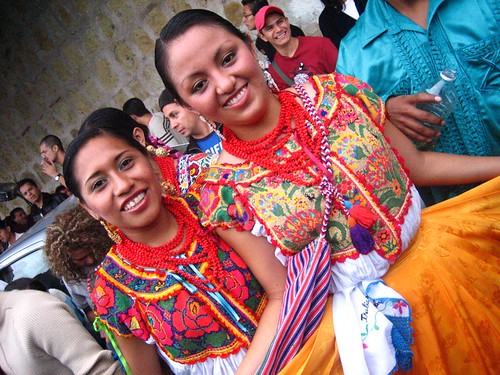
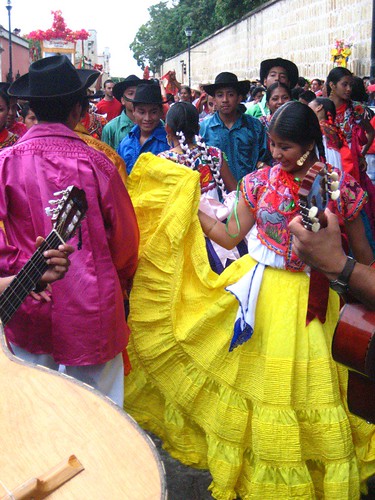

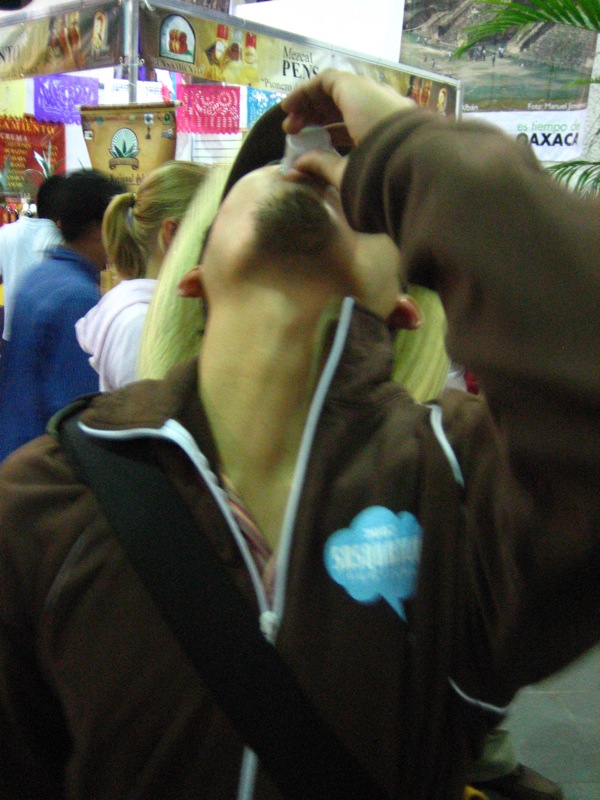 alt="IMG_8566.JPG" />
alt="IMG_8566.JPG" />